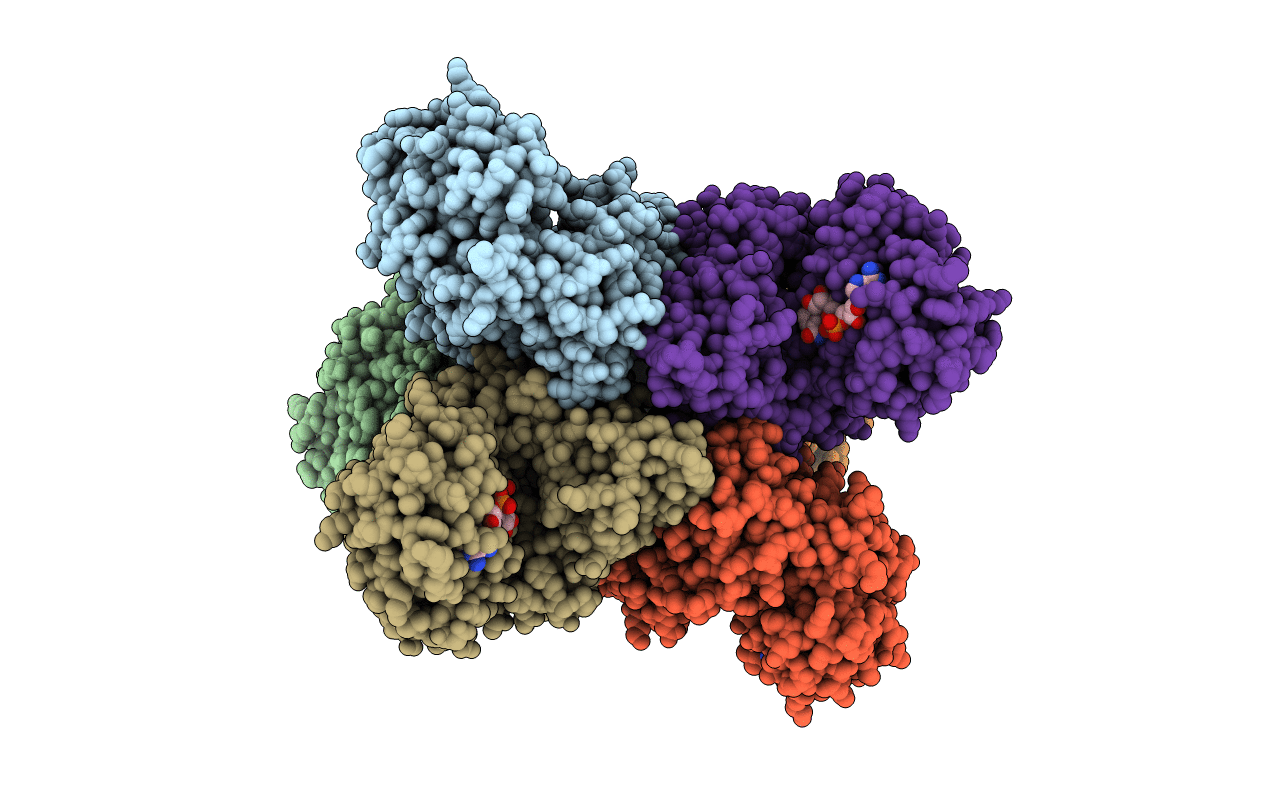
Deposition Date
2004-01-26
Release Date
2004-12-14
Last Version Date
2023-12-27
Entry Detail
PDB ID:
1V9L
Keywords:
Title:
L-glutamate dehydrogenase from Pyrobaculum islandicum complexed with NAD
Biological Source:
Source Organism:
Pyrobaculum islandicum (Taxon ID: 2277)
Host Organism:
Method Details:
Experimental Method:
Resolution:
2.80 Å
R-Value Free:
0.26
R-Value Work:
0.2
R-Value Observed:
0.20
Space Group:
P 21 21 21


